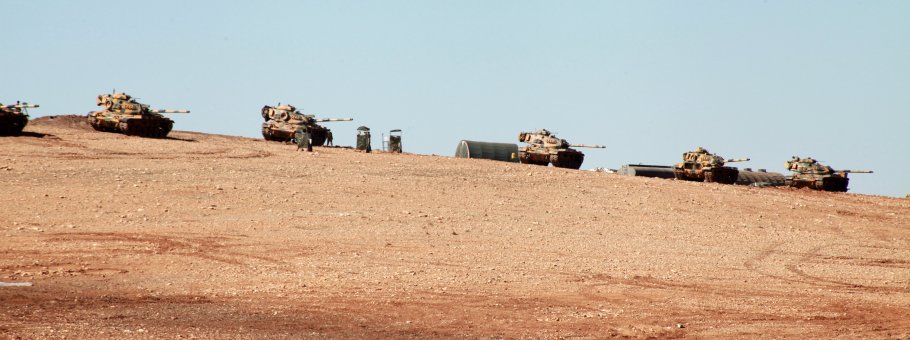-
A Model for Conflict Resilience
A Model for Conflict Resilience
A Model for Conflict: An Inter-disciplinary Approach to Contingency Planning, Early Detection and Responding to Conflict-drivers

Project Brief
The Conflict Resilience Model (CRM) provides timely, evidence-based, and region-specific guidance on conflict drivers to enable policy-making and interventions that build resilience and reduce conflict vulnerability and sensitivity.
Overview
The CRM is a two-year program designed to map the relationships, synergies, and mutually constituting nature between conflict drivers in four sectors: economy, environment, governance, and social justice. It will enable the prediction of pressure points at an early stage as they develop and their potential consequences. In the short term, the model will inform contingency planning, resource allocations, and the development of response strategies in a timely and evidence-based manner. At the onset of a conflict, it will allow more targeted and timely responses, and evidence-led interventions. Over the long-term, the CRM will facilitate a deeper understanding of the causes of instability and conflict particular to the WANA region. It is thus a crucial tool for peacebuilding and enhancing conflict resilience.
Theories of conflict and peace are largely based on empirical evidence from sub-Saharan Africa, South East Asia and Latin America. The CRM sits in a unique position by examining conflict resilience from a WANA specific standpoint. Most importantly, the CRM is interdisciplinary. It will be developed through a comprehensive analysis of resource traps and security dilemmas, chronic conflict simulations and a mapping of intra-regional conflict causality. The model will thus reflect the region’s unique challenges that are lost in global models and will be capable of monitoring infringements on carrying capacity, as well as predict and plan for such breaches.
During 2015, the project identified regional specific pressure points. In 2016, these will be empirically tested for statistical significance, from which a model will be articulated. The proposed countries making up the project are Jordan, Tunisia, Turkey, Lebanon, Iraq and Egypt. The CRM will also include a pilot test case by assessing how the spillover of Syrian and Iraqi refugees affects the carrying capacity of host states.
The aim is thus to provide evidence-based guidance to states, donors and development and humanitarian actors on specific areas of vulnerability in a timely manner. Governments have incentives to make changes to avoid a loss of power, and donors and programmatic agencies can use the CRM to spearhead development in ways that increase conflict resilience. A broader aim is to empower states to build, and even move beyond resilience. The pattern in the region to date has been one of reacting to and containing or extinguishing threats. More advanced scholarship and tools are needed for states to be able to recover from shocks and grow stronger as a result of them. Teasing out, proving and developing a platform to process and pragmatically react to risk factors, is a first step towards realizing this goal.
Activities
- Data collection and feed established
- Statistical testing and indicator selection
- Model construction
- Pilot model using case study of the impact of Syrian refugees on Jordan’s conflict resilience
- Launch and model maintenance
- 2-day regional meeting targeting 75 Ministers, policy-makers, development and humanitarian agencies, and civil society stakeholders to validate the findings and discuss programmatic implications.
- Retrospective scenario-testing
